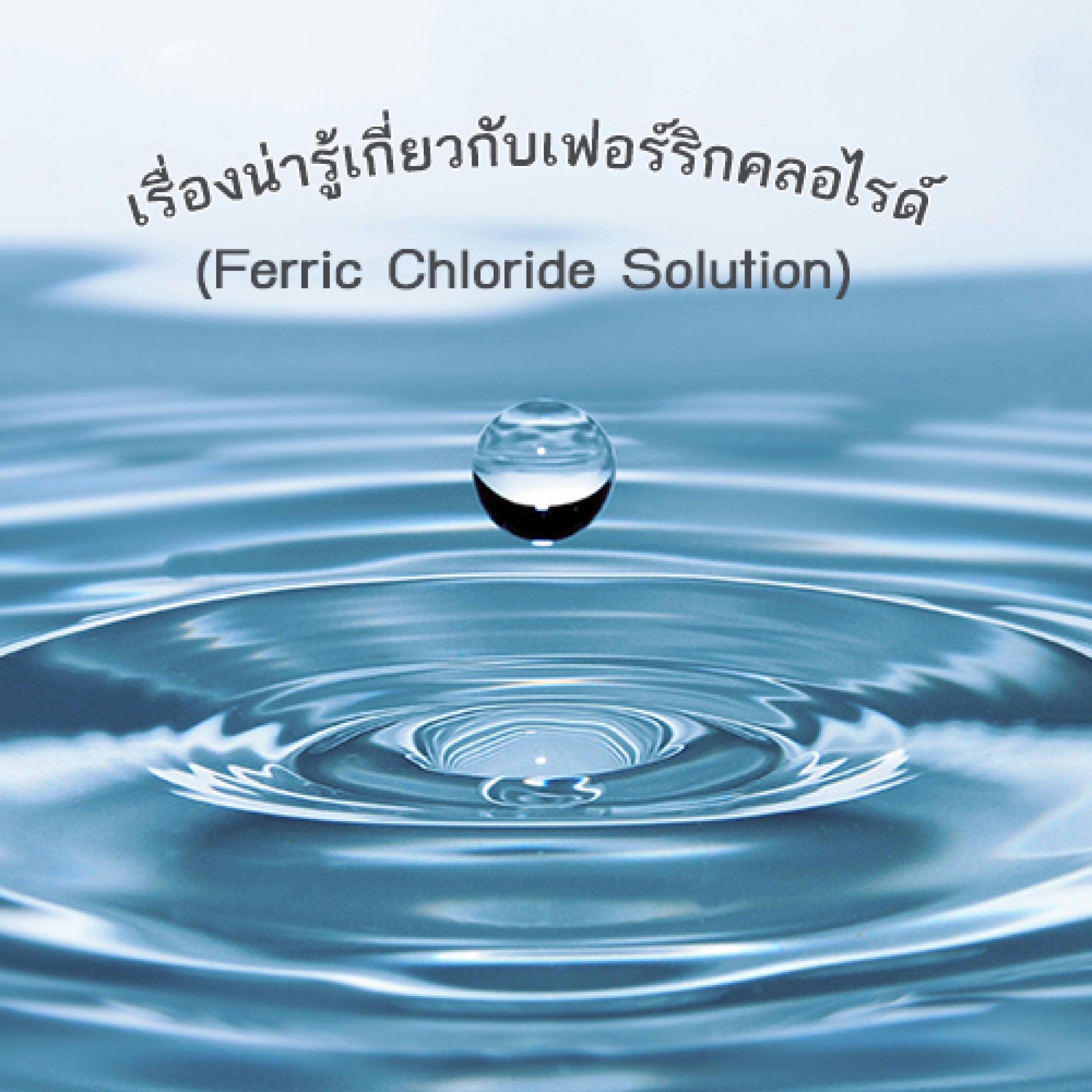Interesting facts about Ferric Chloride

Interesting facts about Ferric Chloride
Ferric Chloride is an important chemical in the process of improving the quality of water,
treating wastewater from communities and wastewater from industrial plants. It is a very
good coagulant, i.e. it can remove phosphates and heavy metals such as lead, cadmium,
mercury, etc. in wastewater. Ferric Chloride can also control the group of wastewater by
combining with sulfide radicals to form iron sulfide precipitates, reducing the smell of
wastewater. The sludge generated from the use of ferric chloride can settle to the bottom
quickly. The amount of sludge generated is less than other coagulants.
Benefits of Using Ferric Chloride in Wastewater Treatment There are several
advantages to using ferric chloride in waste water treatment.
1. Ferric chloride is highly effective in removing suspended solids, organic matter and
heavy metals from water, making it a valuable tool in both municipal and industrial
waste water treatment.
2. Ferric chloride is effective in removing phosphate from wastewater, which is
important. This is because phosphate is a common pollutant in waste water and can cause
significant environmental damage if not disposed of properly.
Ferric chloride is a valuable tool in wastewater treatment. Ferric chloride is highly
effective at removing a variety of pollutants from water, including suspended solids,
organics, heavy metals, and phosphates, making it a preferred choice in many wastewater
treatment plants. However, it is important to be aware of:
Potential disadvantages of using ferric chloride in wastewater treatment include
corrosion, the need for careful storage and handling, and the risk of increased salt content
in treated water. Careful management of these issues will allow for the efficient and safe
use of ferric chloride in wastewater treatment.
** Source: Journal of Science Service, Khomsan Tanyongyong






